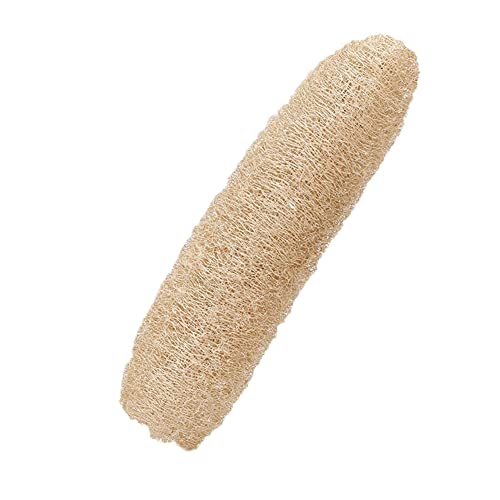Deleted member 7446
Well-known member
- Messages
- 4,349
It's always been classed as a poor conductor but who's going to sit in it with a hairdryer and find out.That's fair enough. If it works for you then that's fine.
If it (submersible float switch) is designed to work in water for 230v submersible pumps then my reasoning was that its OK for me to use together with earth leakage/RCD.
Now my question is if the water inside the IBC tank is pure, will it conduct electricity should a short occur?
Providing all terminations are made correctly and enclosed within a IP68 enclosure or greater i don't see any issues.




























